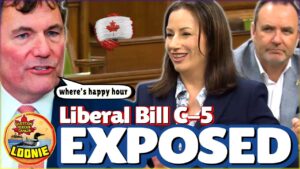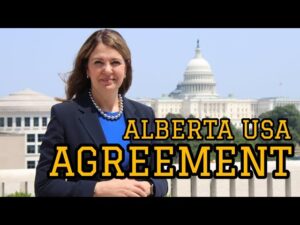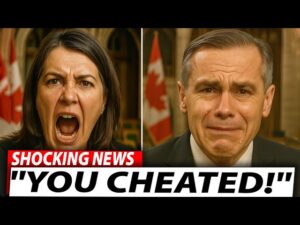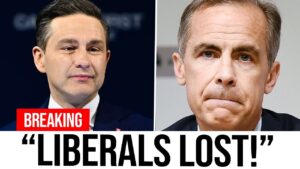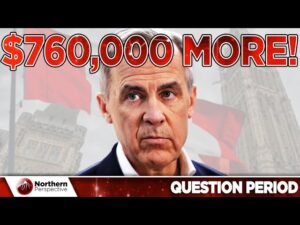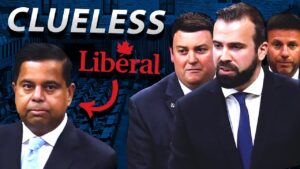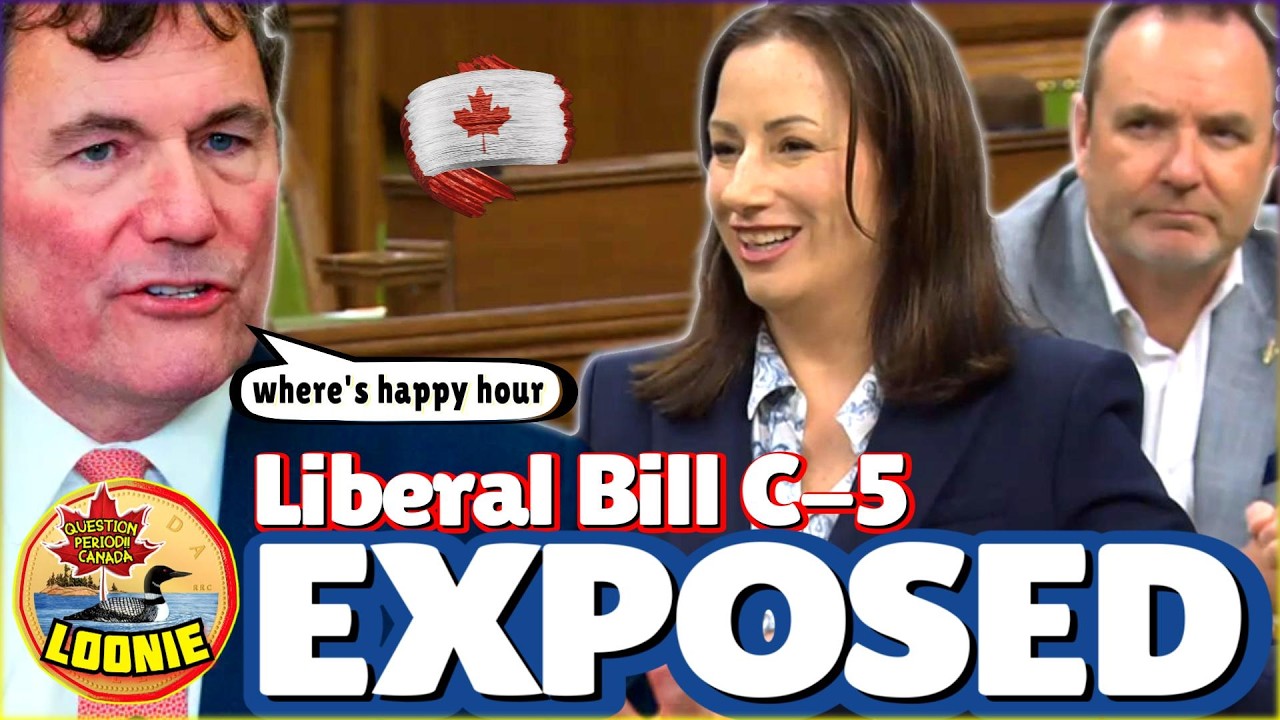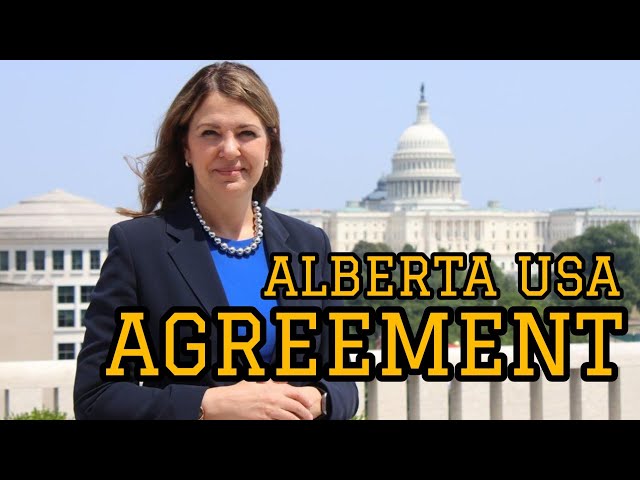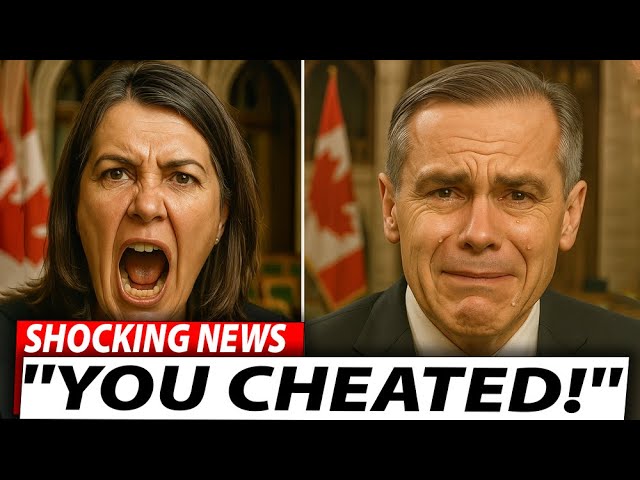TOP STORY
One of Mark Carney’s first actions as prime minister was to hold a signing ceremony to “cancel” the consumer carbon tax.
“The consumer carbon tax was too divisive when we should be pulling together. That’s why I took action to cancel it on day one,” wrote Carney in a social media post.
There are just two problems with the statement: It didn’t cancel the carbon tax, it just set the rate to zero. It’s also not clear whether the document Carney signed actually did anything — with critics calling it a “fake” prop designed to mimic an American executive order.
“Our PM is not a US state governor and, unlike state governors, cannot issue orders like this one. It has no legal effect,” read an analysis by Guy Giorno, a lawyer and former chief of staff to prime minister Stephen Harper.
Canada is a sovereign nation where executive order making authority resides in the Governor General in Council. Our PM is not a US state governor and, unlike state governors, cannot issue orders like this one. It has no legal effect. https://t.co/M9Xar1IpYE
— Guy W. Giorno (@guygiorno) March 15, 2025
Carney’s government did indeed zero the carbon tax, but the charge is that the document he signed on Friday had nothing to do with it, and was essentially a mock up for the cameras.
Conservative MP Ryan Williams called the signing ceremony “theatre.” His colleague Michelle Rempel called the document a “fake” designed to “copy Donald Trump’s daily executive signing ceremonies.”
The document signed on Friday by Carney reads, “I hereby instruct that the fuel charge be removed as of April 1, 2025 and that the April 2025 Canada Carbon Rebate be issued.”
Canada’s carbon pricing framework is set out in a piece of legislation, the Greenhouse Gas Pollution Pricing Act. So Carney cannot “cancel” it without convening Parliament and repealing the legislation via the normal legislative process.
On top of that, the actual zeroing of the tax was enacted not with whatever Carney signed, but via a much wordier Order-in-Council issued the next day. This document was much more detailed, and ordered the Department of Finance to amend the Greenhouse Gas Pollution Pricing Act “to set applicable fuel charge rates for all types of fuel and combustible waste to zero after March 31, 2025.”
And that order only entered into force after it received the signature of Governor General Mary Simon, not Carney. Since a Canadian prime minister is not the head of state, any executive actions have to receive her signature before they become law.
Yuan Yi Zhu, a scholar with the UBC Research Group for Constitutional Law, wrote online that whatever Carney signed on Friday, it “isn’t an order-in-council, which comes from the governor-general, and it isn’t a recommendation to the GG for an (Order in Council).”
He added, “it’s a fake document masquerading as a legal order by a (prime minister) claiming powers he doesn’t have.”
Since I’ve gotten ridiculous replies, this piece of paper isn’t an order-in-council, which comes from the governor-general, and it isn’t a recommendation to the GG for an OinC. It’s a fake document masquerading as a legal order by a PM who claiming powers he doesn’t have. https://t.co/lnaz589z1P
— Yuan Yi Zhu (@yuanyi_z) March 15, 2025
In a Saturday reply to the various online critiques of the “I hereby instruct” document, a former aide to prime minister Justin Trudeau said it was a “decision note” that got the ball rolling on an eventual order-in-council.
Decision notes are indeed a thing, but they don’t resemble the simplistic order that Carney signed on Friday.
A 2013 internal guide by the Privy Council Office laid out the multi-step process by which an order-in-council typically begins to take shape.
It begins as a package known as Ministerial Recommendations filled with details of a decision to be discussed by cabinet. At the close of the document is a “recommendations box” that gets filled in after cabinet deliberations — which is then used to draft the decision note (or “record of decision”) which informs the creation of an order-in-council.
Decision notes are not made public, but they occasionally come to light as the result of an Access to Information request or a public inquiry.
One of the most famous decision notes would be the one that precipitated the Trudeau government’s 2022 invocation of the Emergencies Act. The note was analyzed in depth by the subsequent Emergencies Act inquiry, and it revealed a document that was much more detailed than a one-page “I hereby instruct” directive.
Drafted by a clerk for the Privy Council, the Emergencies Act decision note was described as providing “a summary of the information and assessments that the Government had received to date and stated that the legal thresholds for invoking the Emergencies Act had been met.”
And unlike Carney’s “I hereby instruct” document, this one wasn’t just a rote declaration requiring Trudeau’s signature. It ended with a “decision box” in which Trudeau indicated his decision whether to invoke or not invoke the Emergencies Act (he went with invocation).
Any kind of public signing ceremony is extremely unusual in the Canadian context, and typically only occurs with the signing of treaties or major amendments, such as the Proclamation of the Constitution Act that was signed by Queen Elizabeth II in a public ceremony in 1982.
IN OTHER NEWS
It cost $4,500 per seat for reporters to tag along on Prime Minister Mark Carney’s trip to Europe with him. And in the first availability the press pool was able to have with the new prime minister, it became testy over the issue of Carney’s private assets. The Globe and Mail’s Stephanie Levitz asked Carney on Monday what kinds of assets he put into a “blind trust” before becoming prime minister, noting that the assets won’t become public knowledge until after an expected federal election. “What possible conflict would you have? Stephanie, I’m complying with the rules, I’m complying with the rules in advance,” an annoyed-looking Carney replied. When CBC’s Rosemary Barton asked a follow-up question in the same vein, Carney said, “Look inside yourself, Rosemary. You start from a prior of conflict and ill will.”
The zeroing of the carbon tax instantly negates the most frequent line the Conservatives’ have used against the incumbent Liberals. They’ve held confidence motions over the issue of the carbon tax, called repeatedly for a “carbon tax election,” and even dubbed the new prime minister “Carbon Tax Carney.” So, the new line is that even if Carney gets rid of the “consumer carbon tax,” the Conservatives are going to get rid of all the other carbon taxes. The Greenhouse Gas Pollution Pricing Act, the legislation that contains the measures to charge carbon taxes on fuel and heating oil, also contains measures to charge industries for emissions that exceed a certain threshold. These taxes also get passed onto the consumer in some form, but not as conspicuously. Although Poilievre primarily pitched them as a way to keep Canadian industries (such as steel and aluminum) competitive in the face of U.S. tariffs.


